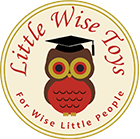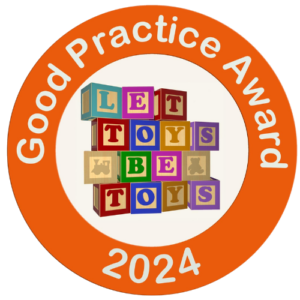My daughter and I had a lot of fun with a creative art project that I would love to share in case you fancy having a go. There is ample opportunity for learning too and it makes a great homeschooling project. The idea started by accident really. We were doing some gardening. We were about to put all the leaves we had cut into the garden bin, when I suddenly thought, hold on, we could make something fun with these beautiful big leaves. We settled on the idea of making a colour garden by painting all of the leaves and creating a collage.
You just need the following items:
– some leaves;
– paint (acrylic paint works well);
– water;
– double sided sticky tape (or a normal tape which can be folded);
– a large sheet of paper or card; and
– a mix of different things to paint the leaves with (e.g. paint brushes, kitchen roll, a section of a scouring pad and whatever else you can think of).
In short, we collected some leaves, had lots of fun painting the leaves with lots of different tools and methods, and then created a collage on a large sheet of paper (we cut off a sheet of wrapping paper so we could get a nice size sheet).

We had tubes of acrylic paint in the primary colours (blue, red and yellow) plus a tube of black and one of white. We made good use of these colours and we mixed lots of colours too (for example, we made purple by mixing blue and red, lilac by mixing blue, red and white and orange by mixing red and yellow).

As well as exploring different colour mixes, we experimented with textures by painting the leaves with different tools and methods in addition to using different paintbrushes. For example, we screwed up a piece of kitchen roll into a ball, dunked this into some paint and then dabbed this onto the leaves. We also cut off a piece of a scouring pad and dabbed the paint on the leaves with this too. A really fun additional method we used (thanks to my mum for this suggestion) was to mix the acrylic paints with some water to make the paint much wetter. We then applied this to the leaves and hung them up to dry on the washing line. This created all sorts of fun patterns on the leaves as the paint travelled freely over the leaves. We had a hunt around the garden to see what else we could use and a stem from the Christmas tree in the garden worked a treat too.


Once all of the leaves were dry, we then cut out a large piece of wrapping paper and had fun attaching all of the different leaves (some painted and some left natural) to the paper to create the colour garden. We applied the leaves to the paper with double sided tape.
As there are lots of different stages to this project, it’s a nice one to run over a couple of days. We started off doing some gardening and collecting the leaves one afternoon; the next afternoon we painted the leaves and left them out to dry; and the final afternoon we painted a few more and assembled all of the leaves to create the garden collage.

To add a further learning angle to his project, here are some fun facts you can share with wise little ones about colours…
Fun facts about colours
Visible light is made of seven wavelength groups. These are the colours you see in a rainbow: red, orange, yellow, green, blue, indigo, and violet.
Primary colours are blue, red and yellow. Primary colours cannot be made from other colours.
Secondary colours are made by mixing two primary colours. For example: If you mix red and yellow you get orange; if you mix blue and yellow you get green; and if you mix blue and red you get purple.
Colours like red, yellow and orange are considered warm colours and can make you feel calm and cosy. It is also believed that red causes people to feel angry.
Cool colours like blue, green and purple are also thought to make people feel calm and relaxed. In addition, blue is believed to make people feel sad (hence the term ‘feeling blue’).
Yellow is believed to make you hungry. This is why you will often see a lot of yellow in restaurant signs!
Some people are born without the ability to see all colours and are colour blind. They may be unable to tell the difference between certain colours like red and green, or they may not be able to see blue, for example.
Women can identify more shades of red than a man can.
The most popular colour in the world is blue!










Recent Comments